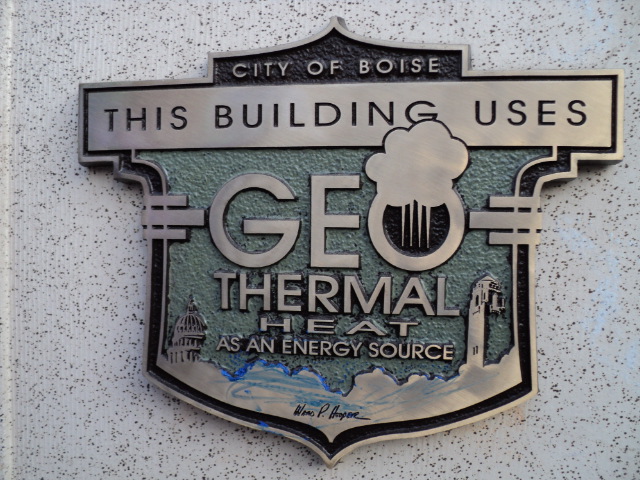Why is the U.S. not warming up to geothermal heating like others?

Professor Jeff Tester of Sustainable Energy Systems at Cornell University’s College of Engineering has written a fascinating article on why the United States has trailed so far behind other countries in the development of geothermal energy.
Professor Jeff Tester of Sustainable Energy Systems at Cornell University’s College of Engineering has written a fascinating article on why the United States has trailed so far behind other countries in the development of geothermal energy. Here are some key points that are worth taking away from this insightful read.
Interestingly, Boise, Idaho was the first municipality to implement a district heating system that used heated waters from a deep borehole – in the 1890s! Despite this early technological advance, today less than 0.01 percent of homes are heated using geothermal waters. In stark contrast, China, who initiated their geothermal ambitions less ten years ago now have the largest amount of geothermal district heating systems in the world.
While there has been much conversation about renewable energy in the U.S., the focus tends to be on solar and wind as replacements for coal and natural gas that is used to generate electricity. In this transition to a low carbon energy future, there is huge potential beneath the ground in geothermal to create large district heating systems. This is not cutting edge science available only to a select few; countries such as China, Iceland, and France already implement these systems to heat large numbers of homes. Tester mentions that in Paris, France one million homes are heated with geothermal district heating – a fact not known by many.
In the U.S. fossil fuels are burned at 1,100° C (2,000°F) to heat water for use in our homes to 40° C (100°F). This is gross waste of energy and extremely carbon intensive.
Geothermal district heating systems have the Geological potential to be installed throughout the United States (and the rest of the world) and would go a long way in reducing carbon emissions, and dependence on foreign oil supplies. This is a reliable and robust system for heating that as Tester aptly puts it “….is clean and sustainable for the long term.”
Source: Jeff Tester. “Why is the U.S. so far behind China in using geothermal energy to heat buildings?” May 16, 2017.